The simplicity of the timeless card game War is downright brilliant. The object of the game is to win all the cards. Anyone can play. All you need is a deck of playing cards. No complexity here, right?
It’s in simple ideas like this that we can teach and reinforce basic principles that will serve as strong foundations — kind of like the popular notion about learning everything we need to know in life in kindergarten.
Lincoln Learning Solutions’ math teacher Ryan Jackson harnessed that notion and put the game to work for her students. This elementary game of luck helps students strengthen their math skills.
She provided us with the conventions for battle.
rules of engagement
Although many wars are fought on the home front, the classroom can also serve as a battlefield. With a few tweaks to the traditional rules, this easy card game can engage students in meaningful math skills practice.
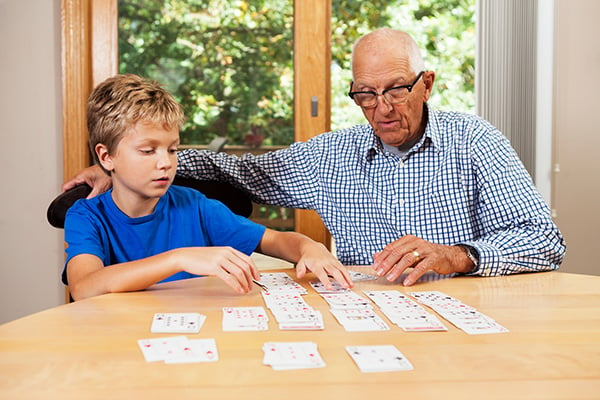
Traditional battle rules have two people engaged in the fight. Both combatants start with half a deck of cards in their arsenals. First, remove all face cards but keep aces, which are to be valued at one. Then, simultaneously, each participant flips a card face up. The person with the higher value is triumphant in that battle and takes both cards.
In an instance where the cards tie, each participant puts another card face down on top of the tied card, followed by another card face up. The person with the higher, face-up card takes all six cards in that contest.
operations with integers
In math, integers are whole numbers that are positive, negative, or zero. To incorporate integer operations skills, treat red cards as negative values and black cards as positive values. Otherwise, follow traditional play. Combatants will hardly notice they are practicing ordering integers while they’re occupied in the heat of battle.
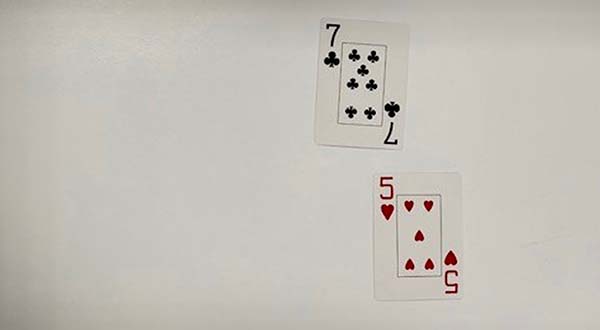
A positive 7 beats a negative 5.
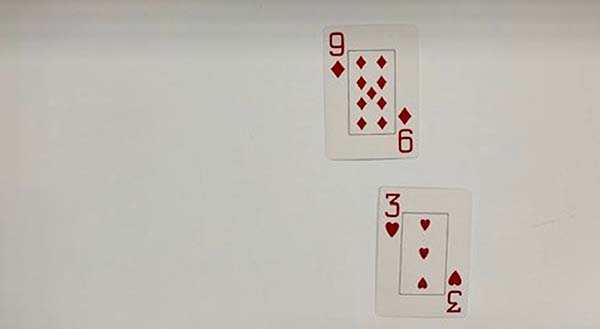
A negative 3 beats a negative 9.
addition, subtraction & multiplication war
If the troops are really looking for a tactical challenge, incorporate operations, such as addition, subtraction, or multiplication.
During each battle, have combatants flip two cards, rather than the traditional one. The value of the two cards will be added or subtracted or multiplied — whatever the commanding officer (or teacher) decides.
The sum will then be compared to determine the victor. This attack strategy can be applied with or without the previously described integer rules depending upon the age or skill level of the participants. (Integer rules are not applied in the following examples.)
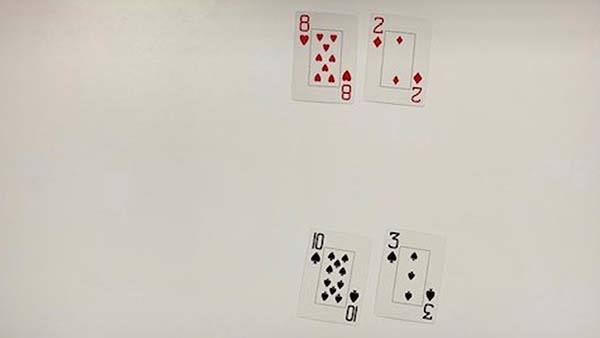
The sum of 13 beats a sum of 10.
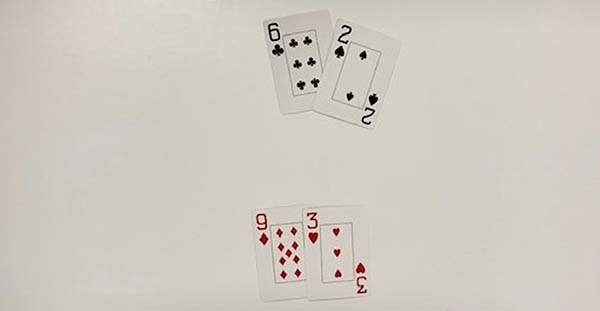
The sum of 12 beats a sum of 8.
problem-solving showdown
Want to incorporate more problem-solving skills?
Using both the integer and operation rules outlined above, allow combatants to determine what operation to use with their two cards to increase their chances of winning.
Participants will have to add and multiply their two integers to determine which yields the greatest value, ultimately increasing their chances of victory.
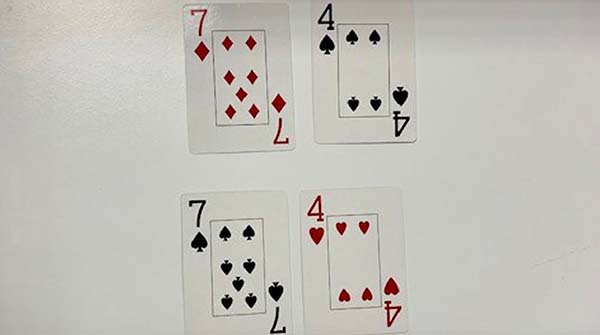
With multiplication, this would result in a tie. With addition, the sum of 3 wins the round.
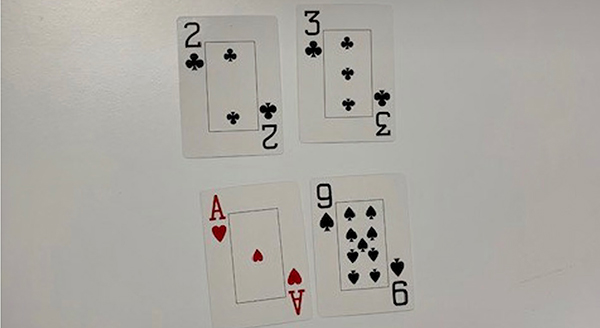
When adding, the bottom player's 8 would beat the top player's product of 6.
peace treaty
Combatants continue battling, while shuffling the cards they’ve won into their playing supply. The war concludes when either player has all the cards, forcing defeat, or if peace is declared, in which case participants count the number of cards in their decks to determine a victor.
 Ryan Jackson is an Instructional Manager for Lincoln Learning Solutions. She has more than 10 years of experience in online education. Ryan spends her free time traveling across the U.S. with her husband and two children.
Ryan Jackson is an Instructional Manager for Lincoln Learning Solutions. She has more than 10 years of experience in online education. Ryan spends her free time traveling across the U.S. with her husband and two children.
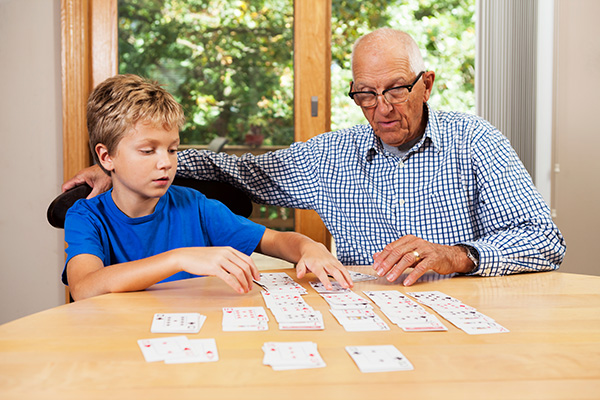







 Ryan Jackson is an Instructional Manager for Lincoln Learning Solutions. She has more than 10 years of experience in online education. Ryan spends her free time traveling across the U.S. with her husband and two children.
Ryan Jackson is an Instructional Manager for Lincoln Learning Solutions. She has more than 10 years of experience in online education. Ryan spends her free time traveling across the U.S. with her husband and two children.